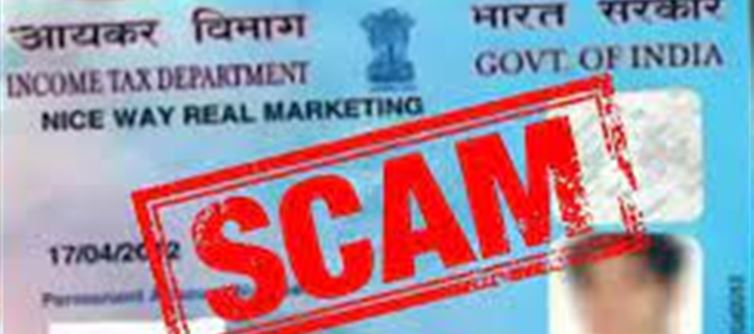If you get an email in your inbox which says - "Your new PAN 2.0 is ready, click here and download", then be alert. This is not a
government information but a dangerous phishing scam. Both the government's
press Information Bureau (PIB) and the Income Tax Department have described such emails as completely fake. Its real purpose is to steal your personal and financial information.
What is PAN 2.0 scam?
In this fraud, a fake email is sent to
people claiming that the
government has launched a new updated e-PAN card which is being called 'PAN 2.0'. The email has a QR code and some government-like design and is asked to download it through a link. But this link does not take you to any official website but to the fraudulent site of the scammers.
Why is this scam so dangerous?
These emails look absolutely real, the language, design, logo, everything is exactly like the
government one. As soon as you enter your information like name, PAN number, Aadhaar number,
bank details or password on that fake website, money can be stolen from your account or your identity can be misused. One click can put your entire
wallet PLATFORM' target='_blank' title='digital-Latest Updates, Photos, Videos are a click away, CLICK NOW'>digital security at risk.
How to avoid scams?
Do not click on any link or attachment given in any email without checking. If the address of the site does not end with '.gov.in', then understand that it is not a
government one. Do not take any step in fear or hurry. Avoid filling your personal information on any unknown website.
For information, let us tell you that till now the
government or the Income Tax Department has not launched any
service or new card named 'PAN 2.0'. No such announcement has been made. If you get any such message, immediately consider it fake and be careful. For correct information, visit only the official website of Income Tax Department www.incometax.gov.in.
What to do if you clicked by mistake?
If you have filled the information by clicking on that link by mistake, then immediately contact your
bank and ask to freeze or monitor the account. Change all your passwords, net
banking logins and UPI PINs immediately. File a complaint at the nearest
police station or cyber crime cell. Also, report online at www.cybercrime.gov.in. Take screenshots of suspicious emails and report it as phishing/spam.






















